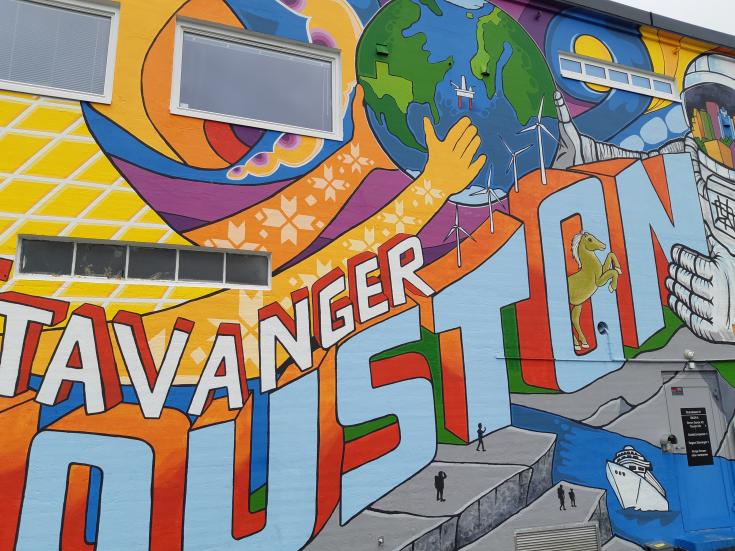Synergies between traditional operators and cultural creative industries: key learnings

On 16 January 2024, the Policy Learning Platform hosted a webinar on the topic of synergies between traditional operators and cultural creative industries. The webinar focused on:
- Exploring ways how to generate synergies between creative activities (artists, artistic crafting), public operators of cultural events and locations, urban developers for economic and social benefits.
- Showcasing experiences and practices from the Interreg Europe community creating synergies within the triangle of cultural, economic and social objectives.
During the webinar, we got to learn from Elena Mengotti, on a comprehensive approach to the cultural and creative economy across policy silos in the Friuli Venezia Giulia Autonomous Region (CHERRY, CRE:HUB). Leandro Camara (CREADIS3) presented the experience of the Catedral Santa Maria (Basque Country, Spain) as good example of a social innovation platform supported by a cultural heritage environment. Ilva Grasmane explained how the City of Jelgava (Latvia) explored the fusion of cultural heritage and urban planning.
Webinar recording
Watch the webinar recording below.
Webinar agenda
The webinar has been designed and moderated by Luc Schmerber and Erik Gløersen Thematic Experts for a more social Europe.
00:01:01: Introduction to the webinar and topic by Luc Schmerber and Erik Gløersen Thematic Experts for a more social Europe
00:16:37: Presentation by Elena Mengotti, on a comprehensive approach to the cultural and creative economy across policy silos in the Friuli Venezia Giulia Autonomous Region (CHERRY, CRE:HUB)
00:45:08: Q&A: What are the main difficulties in bringing all together different actors from different sectors?
00:48:37: Presentation by Leandro Camara (CREADIS3), on the experience of the Catedral Santa Maria (Basque Country, Spain)
01:03:10: Q&A: How is the financial balance of such a very large operation presented to the policymakers?
01:06:27: Presentation by Ilva Grasmane, explaining how the City of Jelgava (Latvia) explored the fusion of cultural heritage and urban planning.
01:24:14: Q&A: How proactive have you been to generate a collective initiative around these buildings?
01:26:34: Q&A: What was triggering you to start the renovation? How could you convince politicians and find funding?
Panel discussion
01:29:14: Q&A: How did you manage to make the transition from project to permanent activities?
01:32:42: Q&A: How would you engage citizens/youth in what is Cohesion Policy? Could you mention how to drive youth interest in the EU Project?
01:34:35: Q&A: What would be your dream achievement in 5 years?
Key learnings
From this webinar, we can highlight some key insights for local and regional policymakers:
Deploying successfully initiatives in the context or urban regeneration or economic developments arounds cultural and creative activities is a long-term project, which requires strong political and financial commitment over time.
A dedicated vision and strategy is necessary to not loose track of the goal, and the involvement of multiple stakeholders and professionals is required
When valorising cultural heritage, the focus of policy makers should not only be on preservation of the past, but every opportunity should be seized to integrate cultural heritage in the life of people and make it a starting point for new developments. Former religious buildings can for instance become third places for people where to meet and organise different activities. Or museums can turn into laboratories for new product developments or learning places for the (re-)acquisition of skills, generating new economic and social opportunities.
Policy makers are mostly at the origin of initiatives combining culture and urban planning, such as for instance the renovation of older or abandoned urban areas.
However, their ambition should be to involve more and more the citizens in a participative process, having the residents becoming the ones coming up with new ideas for future improvements.
In most policy environments, having people working across the silos of traditional departments is not the norm. Not necessarily because do not want to collaborate, but because working mechanisms and rules in place are not built for such collaboration. European projects can offer the space needed for experimenting in this area, for instance having actors from culture, economy and social departments working together on similar goals.
Presentations
Download the presentations below.
